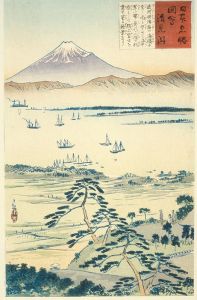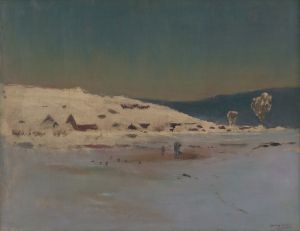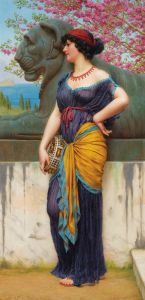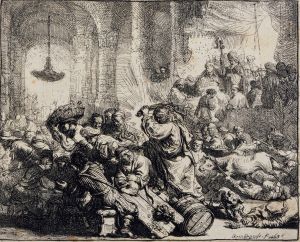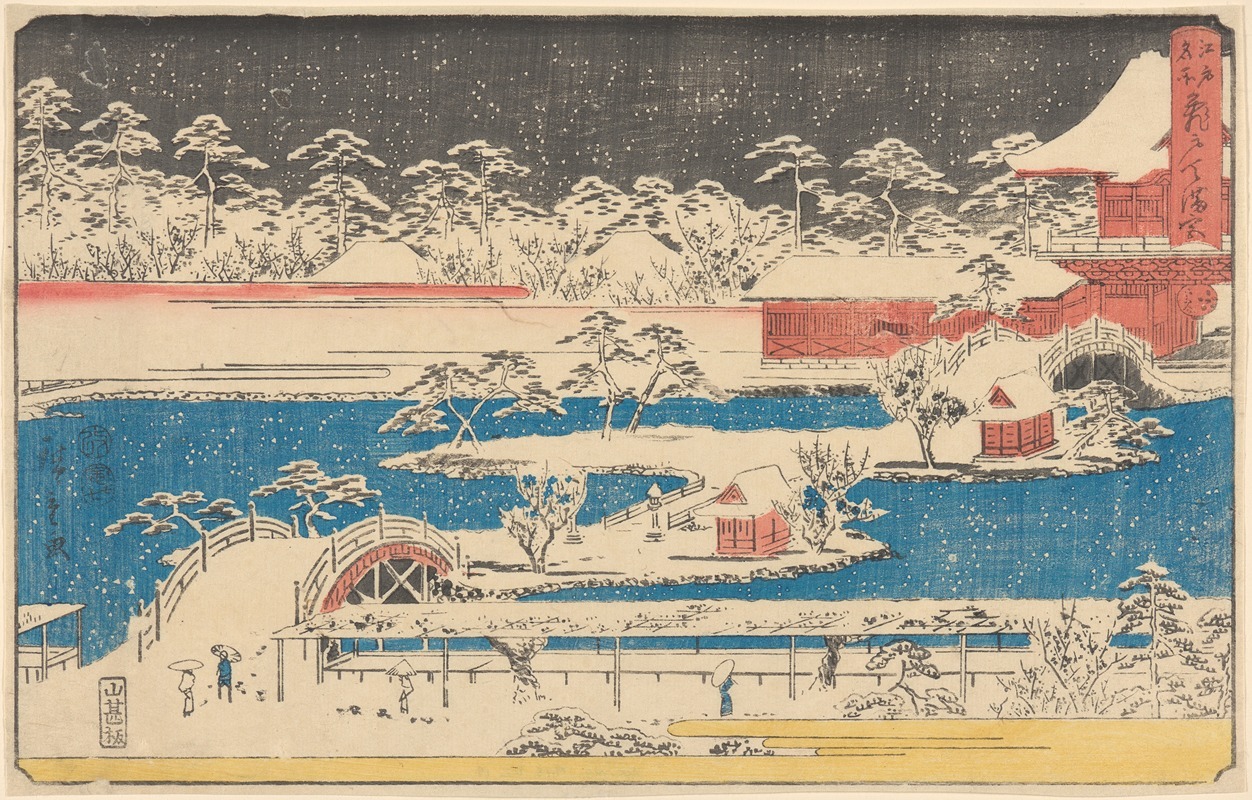
Kameido Temmaugu in Snow
A hand-painted replica of Andō Hiroshige’s masterpiece Kameido Temmaugu in Snow, meticulously crafted by professional artists to capture the true essence of the original. Each piece is created with museum-quality canvas and rare mineral pigments, carefully painted by experienced artists with delicate brushstrokes and rich, layered colors to perfectly recreate the texture of the original artwork. Unlike machine-printed reproductions, this hand-painted version brings the painting to life, infused with the artist’s emotions and skill in every stroke. Whether for personal collection or home decoration, it instantly elevates the artistic atmosphere of any space.
"Kameido Tenmangu in Snow" is a woodblock print by the renowned Japanese ukiyo-e artist Andō Hiroshige. This artwork is part of Hiroshige's celebrated series "One Hundred Famous Views of Edo" (Meisho Edo Hyakkei), which was published between 1856 and 1858. The series is known for its detailed and evocative depictions of various locations in Edo (modern-day Tokyo), capturing the essence of the city during the Edo period.
Hiroshige, born in 1797, was a master of the ukiyo-e genre, which flourished in Japan from the 17th to the 19th centuries. Ukiyo-e, meaning "pictures of the floating world," typically depicted landscapes, tales from history and folklore, kabuki actors, and scenes from everyday life. Hiroshige's work is particularly noted for its innovative compositions and use of color, which influenced many Western artists, including the Impressionists.
"Kameido Tenmangu in Snow" portrays the Kameido Tenmangu Shrine, a Shinto shrine located in the Kameido district of Edo. The shrine is dedicated to Sugawara no Michizane, a scholar, poet, and politician of the Heian period who is venerated as the god of learning and scholarship. The shrine is famous for its beautiful wisteria flowers, but in this print, Hiroshige captures it under a blanket of snow, offering a serene and tranquil winter scene.
The composition of the print is marked by Hiroshige's characteristic use of perspective and framing. The viewer's eye is drawn along the snow-covered path leading to the shrine, flanked by trees laden with snow. The use of white space effectively conveys the quiet and stillness of a snowy day. The subtle gradations of blue and gray in the sky and the shadows on the snow add depth and atmosphere to the scene.
Hiroshige's ability to capture the transient beauty of nature is evident in this work. The print not only serves as a visual record of a specific location but also evokes the emotional and sensory experience of a snowy day in Edo. The attention to detail, from the texture of the snow to the architectural elements of the shrine, reflects Hiroshige's keen observational skills and his dedication to portraying the world around him with accuracy and artistry.
The "One Hundred Famous Views of Edo" series, including "Kameido Tenmangu in Snow," had a significant impact on the art world, both in Japan and internationally. Hiroshige's work was part of the Japonisme movement in Europe, where Western artists were inspired by Japanese art and aesthetics. His influence can be seen in the works of artists such as Vincent van Gogh and Claude Monet, who admired Hiroshige's compositions and use of color.
Today, Hiroshige's prints are highly regarded and continue to be celebrated for their beauty and historical significance. "Kameido Tenmangu in Snow" remains a testament to Hiroshige's mastery of the ukiyo-e art form and his ability to capture the fleeting moments of everyday life with elegance and precision.





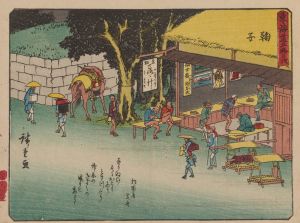
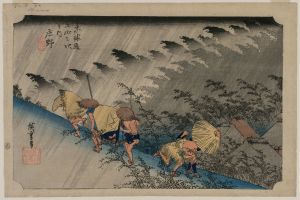
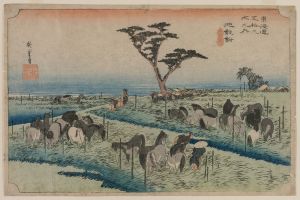
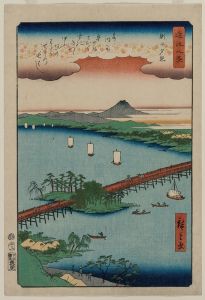
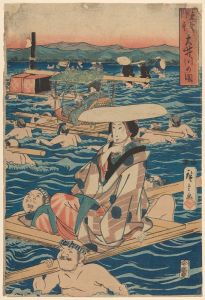
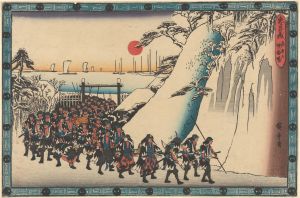
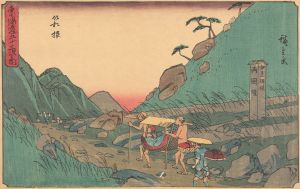
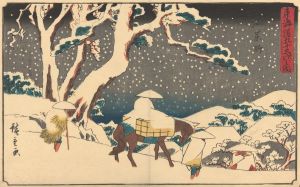
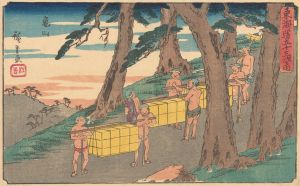
![View from under the portico of the Temple of Dendera [Dandara].](/imgs/217571/s/david-roberts-view-from-under-the-portico-of-the-temple-of-dendera-dandara-cfe01457.jpg)
